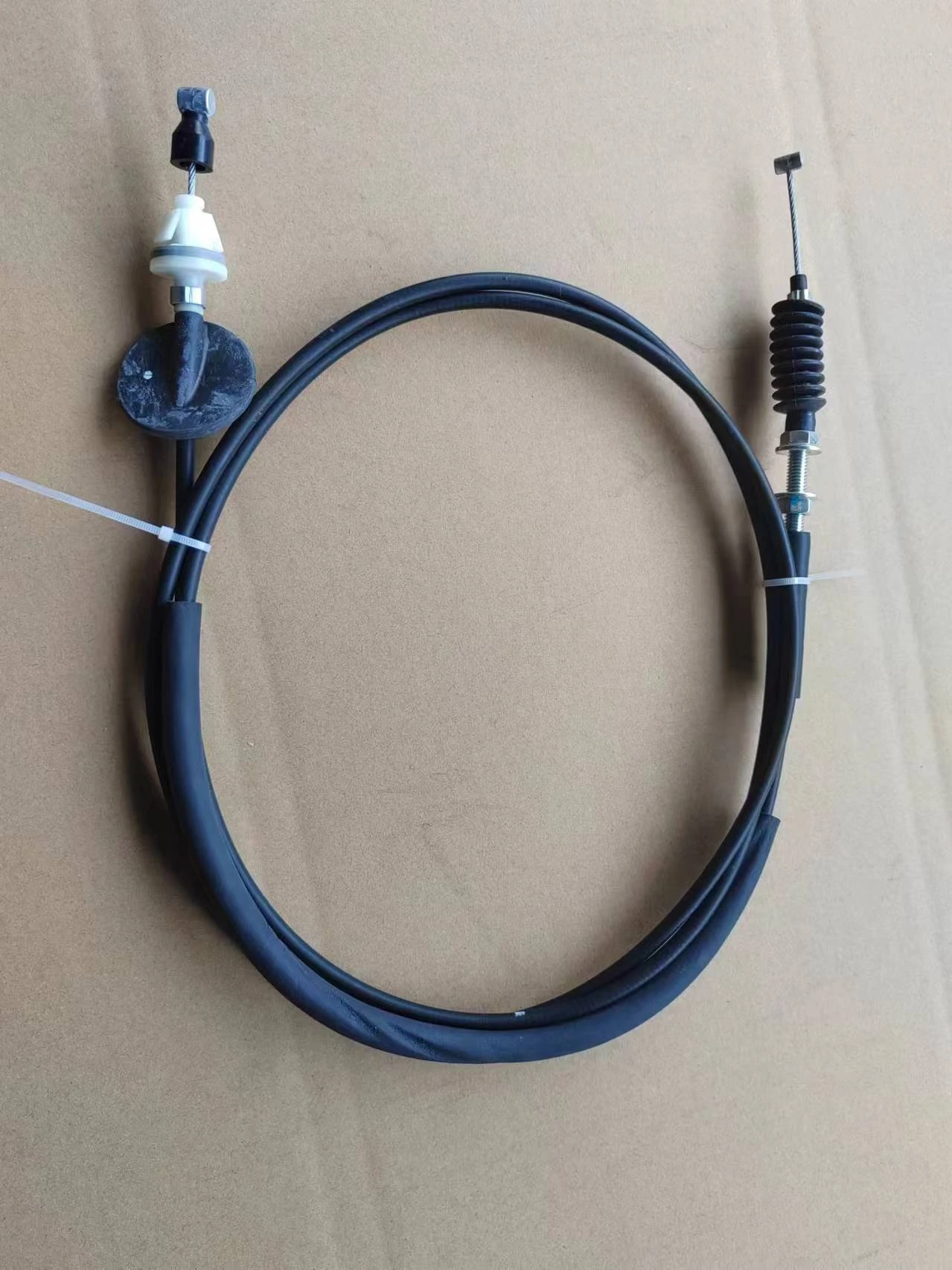Design and Functionality of Push Pull Throttle Mechanisms in Engine Systems
Understanding the Push-Pull Throttle Assembly
The push-pull throttle assembly is a critical component in various mechanical applications, particularly in vehicles and aviation. It plays an essential role in controlling the engine’s power output by regulating the mixture of air and fuel, ultimately influencing the performance and efficiency of the vehicle or aircraft. Understanding how this assembly works and its significance can provide valuable insights into automotive and aerospace engineering.
What is a Push-Pull Throttle Assembly?
At its core, the push-pull throttle assembly comprises a series of mechanical linkages, cables, and components that facilitate the opening and closing of the throttle valve. The term “push-pull” describes the two directions in which the throttle cable can move, allowing for precise control over the throttle position. This is typically accomplished using a simple lever mechanism, where the movement of the driver’s foot on the accelerator pedal translates into a pull or push on the cable connected to the throttle body.
The assembly consists of several parts, including
1. Throttle Cables Flexible cables that connect the accelerator pedal to the throttle body. 2. Throttle Body A valve that regulates the airflow into the engine’s intake manifold. 3. Linkages and Levers Mechanical components that facilitate the transfer of motion from the accelerator pedal to the throttle valve.
How It Works
When the driver presses down on the accelerator pedal, the force is transmitted via the push-pull throttle assembly. The throttle cable pulls the throttle valve open, allowing more air to enter the engine. This increase in airflow prompts the engine control unit (ECU) to inject more fuel, which in turn enhances the engine's power output.
Conversely, when the driver eases off the accelerator pedal, the throttle cable retracts, closing the throttle valve and decreasing the airflow into the engine. This process effectively reduces the power output, which is crucial for controlling speed and ensuring safety during vehicle operation.
push pull throttle assembly

Applications in Automotive Engineering
In automobiles, the push-pull throttle assembly is commonly found in gas-powered engines. Traditional mechanical setups are gradually being replaced by electronic throttle controls (ETCs) in newer models. However, understanding the mechanics behind push-pull systems remains important, especially for those who work on classic cars or those who appreciate mechanical engineering.
The reliability and responsiveness of the push-pull throttle assembly are vital for enhancing the driving experience. A well-functioning throttle assembly ensures smooth acceleration and deceleration, contributing to overall vehicle stability and control. In performance vehicles, precision in throttle operation becomes even more critical, as subtle changes in throttle position can lead to significant variations in speed and engine performance.
Importance in Aviation
In the aviation sector, the push-pull throttle assembly serves a similar purpose but often involves greater complexity due to the operational demands at higher altitudes and speeds. Aircraft throttle controls, which are crucial for managing engine power during various flight phases, utilize advanced push-pull throttle assemblies to ensure precise engine control.
For pilots, understanding the throttle assembly’s operation is fundamental for safe flight management. The pilot must smoothly manipulate the throttle during takeoff, cruising, and landing phases, making the push-pull mechanism essential for both performance and safety.
Conclusion
The push-pull throttle assembly is a simple yet highly effective mechanism that enables precise control over engine power in both automotive and aviation applications. Its importance cannot be understated, as it directly influences vehicle performance, safety, and the overall driving or flying experience. Whether in a classic automobile or a modern aircraft, familiarity with this assembly enriches one’s understanding of mechanical systems and their practical applications in everyday life. As technology continues to evolve, the principles behind push-pull throttle assemblies will remain foundational in both automotive and aerospace engineering.
-
Workings of Clutch Pipe and Hose SystemsNewsJun.04,2025
-
The Inner Workings of Hand Brake Cable SystemsNewsJun.04,2025
-
The Secrets of Throttle and Accelerator CablesNewsJun.04,2025
-
The Hidden Lifeline of Your Transmission Gear Shift CablesNewsJun.04,2025
-
Demystifying Gear Cables and Shift LinkagesNewsJun.04,2025
-
Decoding Clutch Line Systems A Comprehensive GuideNewsJun.04,2025
